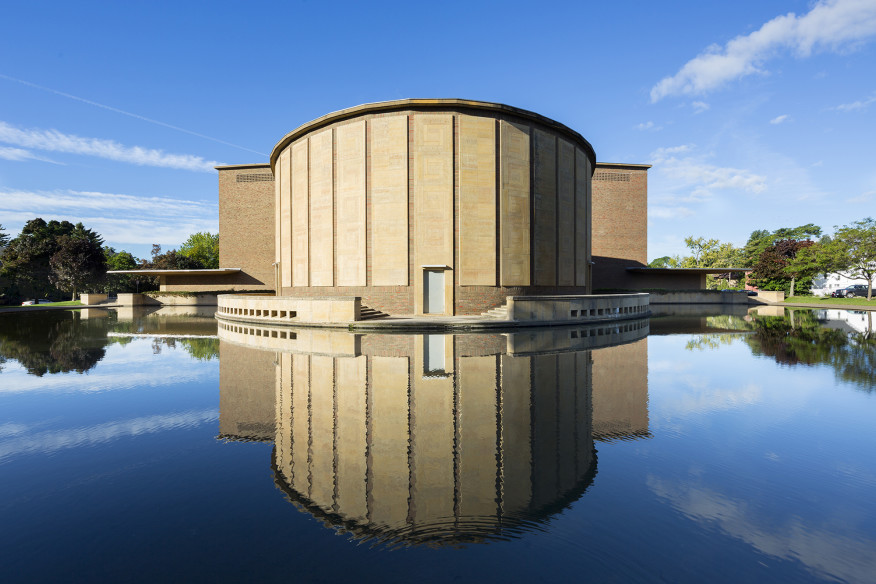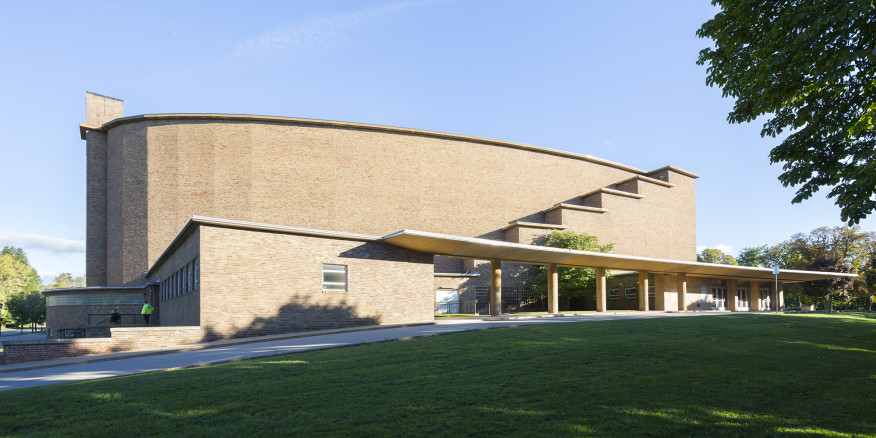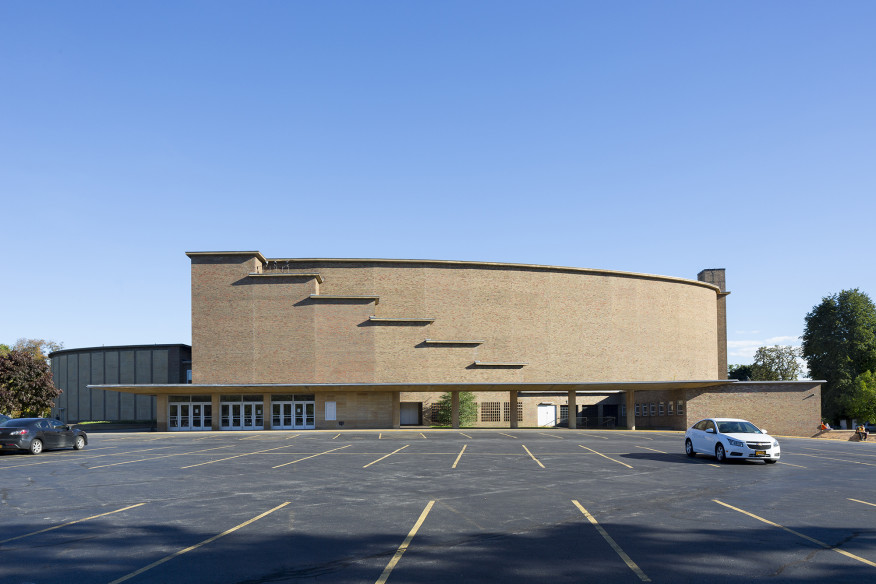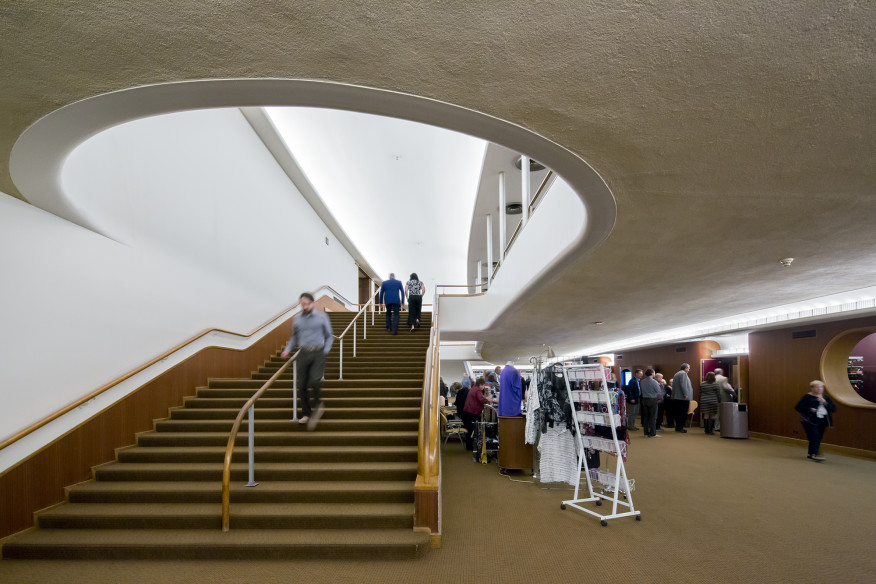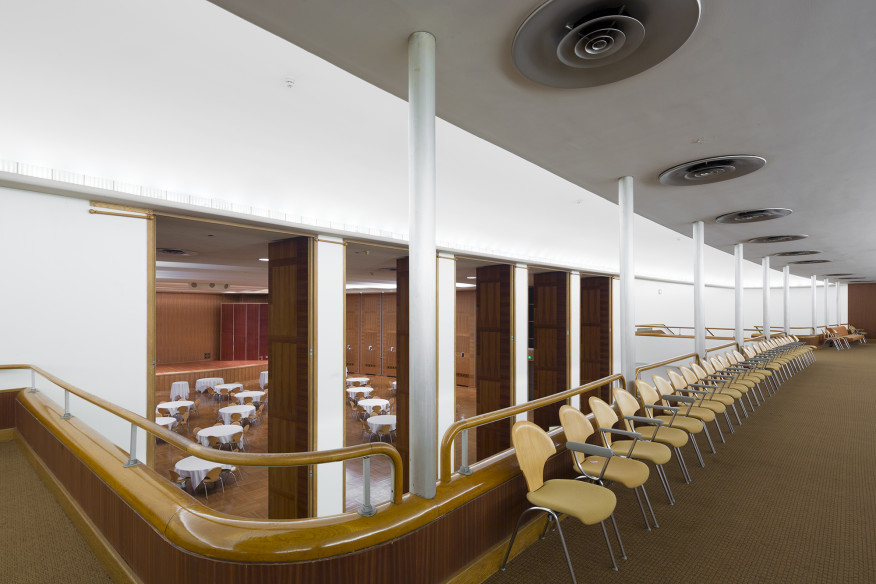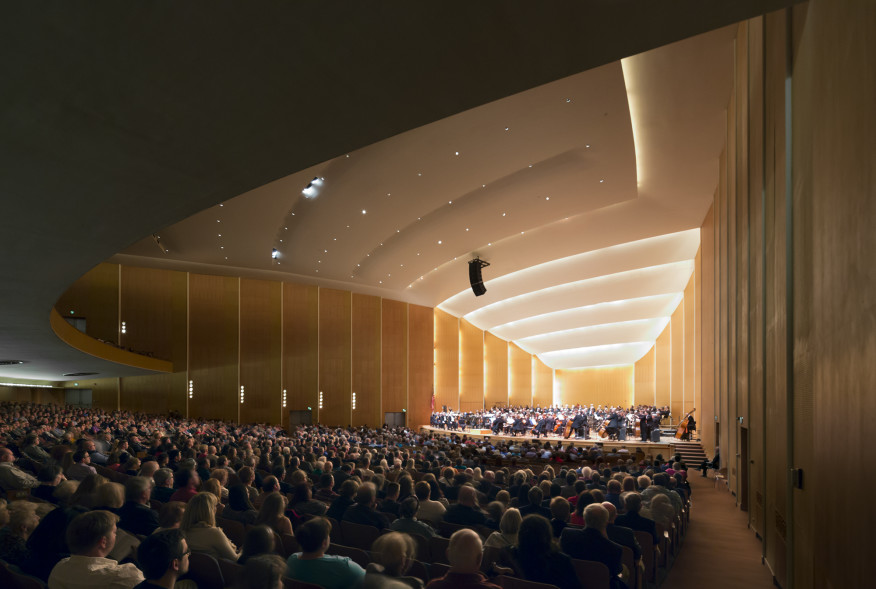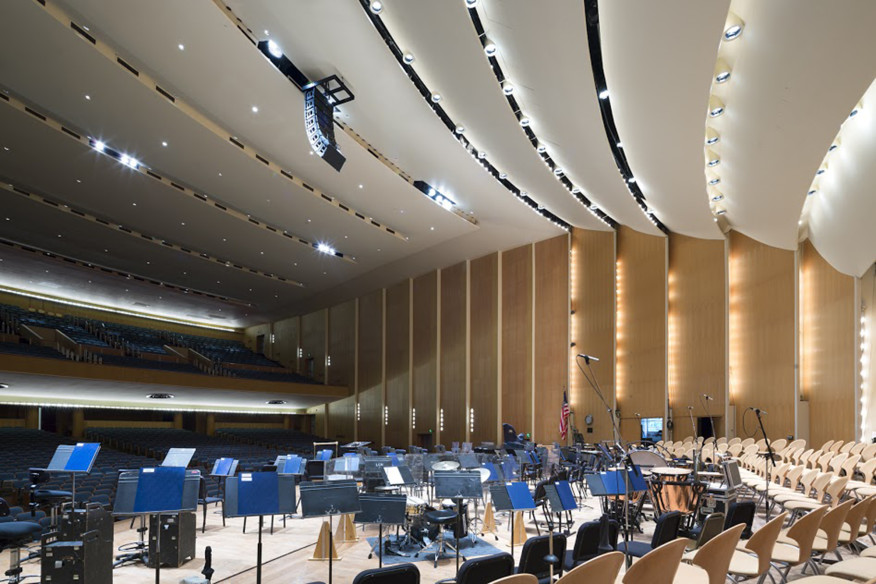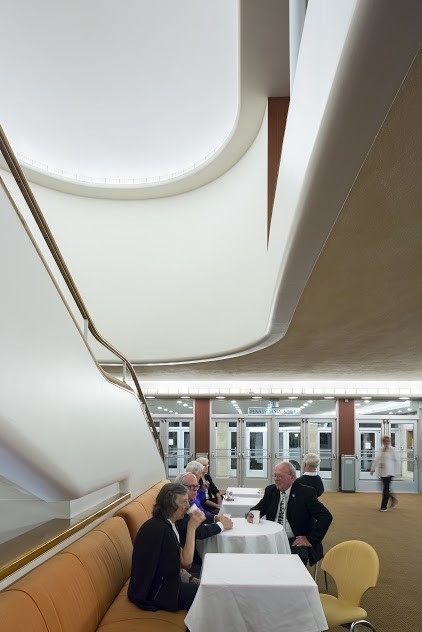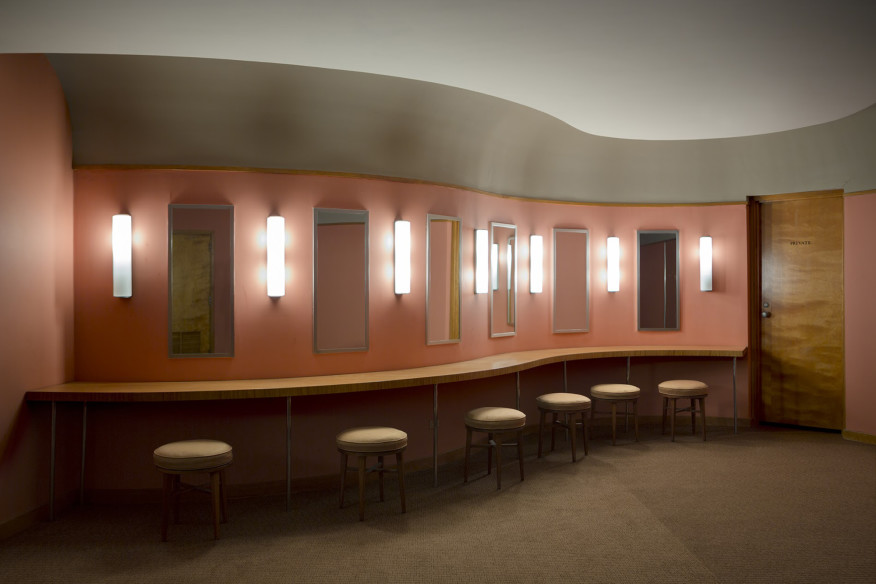EDITOR’S NOTE: This essay is reprinted with gracious permission from Standpoint Magazine, where it was originally published in June 2011.
I am not actually a child of the Sixties, although I almost was. Born in July 1959, I had a fairly contented, provincial Scottish boyhood when all the strange social convulsions were going on elsewhere. You needed to be a fully-fledged urban teenager or twenty-something brat in that decade to be fully touched and muddled by all its shenanigans. I reached my own personal brat-hood round about 1976 and I stayed that way till my first child arrived in 1990.
It is interesting to reflect now on what was held up as appropriate thinking and behaviour for an artist during that phase; and I can see the same orthodoxies at work in the “artistic community” even now. The cherished values of generations through our shared history, the deep-rootedness of paradigmatic, civilised structures and human relationships have been under siege from some determined enemies. The traditional family, education, sexual morality, artistic aspirations, religious belief – these are all now sold to us as mere strategies of the powerful and the coercive “reactionary,” designed to enforce conformity and slavish obedience to outmoded fashions. The most eager proponents of this revolutionary radicalism from the Romantics onwards were artists, of course. For the Romantic of the 19th, 20th and now 21st centuries, the attraction of revolution, (and any old revolution would do) has been a constant leitmotif. Revolution, which preferably overturned manners and lifestyles as well as aesthetics and politics, has been the slogan and banner for generations of certain types of creative idealists.
But what have these fashionable revolutions to do with a love of life, or even of a love of the poor or the outsider? They seem more concerned with a love of transgression; a fetish for flouting the traditions, values and morality of established communities and peoples which the hero/rebel/artist wants to be seen rejecting. Their war against their own roots has been bloody and relentless. They seem punch-drunk with their onslaught and clobbering. It is clearly addictive and in the past has led artists as much to the extreme Right as to the far Left. It is not the upholders of tradition that have strategy as claimed. If anyone has a strategy, it is our new cultural elite, and their aim is to attack the institutions and principles of our shared common life. What began as a light-headed teenage rebellion has become a cultural regime which judges artists and their work on the basis of how they contribute to the remodelling, or indeed the overthrow of society’s core institutions and ethics.
In the light of this I can now see, in retrospect, that my first defiant counter-revolutionary activities were marrying Lynne in 1983 (according to the rites of Holy Mother Church, of course) and having three kids with her in the early 1990s. Many artists I know have abstained from the responsibility of lifelong commitment to a significant other, and bringing children into the world, as it would interfere with their vocations as cultural figures, preferring to see their own opus, in music, words or pictures as “their real children” which they set loose on an unsuspecting world. Marriage and fatherhood – it’s not exactly rock’n’roll, is it? And yet, it was the influence of two men, both married fathers, that had a seminal influence on me.
I think I inherited my love of music from my maternal grandfather, George Loy, who was a coalminer in Ayrshire all his life. He had played the euphonium in colliery bands in the 1920s and ’30s, and he was devoted to singing in the church choir for Mass at Saint John the Evangelist, Cumnock. This church, built by the Marquis of Bute in 1882, was originally intended as a place where music would be specially nurtured.
When, as a teenager, I began to show an interest in the fine two-manual Hilsdon organ in Saint John’s, my grandfather was over the moon and bought me a set of new hymn books and various manuals to help me teach myself the basics. I soon began playing for the liturgies there. This, combined with my school studies in choral music from all ages, meant that my interest and love of sacred music took off in a big way, which was to have implications for the rest of my life.
Working-class Ayrshire is a hard-man’s paradise, but could be purgatory for everyone else. The way people like my grandfather survived was to put on a hard skin and hide his true self underneath. He was good at it. He had to be. His own father was an abusive drunk who could make life misery for his family. When his sons reached a certain age, they worked out that if they kicked him in a specific place, they could dislocate his leg and render him harmless on the floor for a few hours, as he raged in his drunken stupor, thus safeguarding mother and children from physical abuse.
On another occasion as a young man, my grandfather was having a drink with friends in a local bar after work. A stranger approached them and announced that my grandfather “had the map of Ireland written all over his face.” A poetic observation perhaps, but in sectarian-infested Ayrshire one did not hang around to explore metaphorical subtleties. Turning the other cheek, they headed for the door to avoid any escalation, except for one, who couldn’t quite contain all that pent-up male rage. At the door, my grandfather turned to see his friend throttling the living daylights out of the mouthy poetic figure, who had chanced his arm with them, an inch too far, apparently. He rushed back in to extricate his fury-infused pal from an increasingly sticky situation before the local “Loyal Defence League” turned up.
It may have been as part of a determined flight from these blood-boiling belligerencies that my grandfather sought solace in music. He may have been dour and authoritarian, but he loved his family and they loved him back. I felt especially nurtured by his encouragement. Just before he died he confided in me a truly remarkable revelation of the power and presence of God which involved a piece of my music. It will remain our secret, but what stunned me most were the words he used. He did not normally waste words. He had a working man’s suspicion of pretension and fancy, and yet here he was, hours from death, trawling deep into his heart and memory to show me that music brings you into the very immanence of a loving God. No learned tome on theology or musicological philosophy has explained this reality to me more clearly since.
George Loy’s eldest daughter, Ellen, my mum, married James MacMillan senior in 1958. In his way too, he can seem strangely out of place. He doesn’t drink (much), and is quiet, thoughtful and sensitive. He prefers the company of his family to that of hard-drinking men. One of my earliest memories of him is observing him on his knees before a statue of Mary, lost in a distant humble introspection. Snatched moments like these showed me more about being a man than any of the other masculine madness surrounding me at the time. My dad’s own work as a carpenter seemed another world away from my chosen path in life. And yet I was always struck, and impressed, at how much care he took in the making of things. There were strict techniques to his craft which had taken a lifetime to learn. Again there was no place for fanciful self-indulgences in the manipulation of wood and lathe. I may use different tools and materials from my dad, but he will never really know just how much of an influence he has had on me.
An influence on making music, and on being a father. It’s only beginning to dawn on me just how iconically counter-cultural people like my dad and grandfather are becoming for present and future generations. Their inevitable route through a Scottish working-class manhood, with their pivotal roles as husbands and fathers, must have struck them as fairly mundane and mainstream in their day. The upheavals and disruptions of recent decades have made many of us look again at their taken-for-granted lives, with a strong sense of wistfulness and loss.
We all know now that working-class life has been hit hard in recent decades. First of all, the traditional communities have been disrupted physically by uprooting and dislocation. More potently and toxically, they have been disrupted socially and spiritually by the breakdown in marriage, family life, and through drug and alcohol abuse.
The rest, they say, is history, except that a lot of people have not only been left behind by that history, but have been wasted and trashed by it. Rediscovering the role of the father seems an urgent task. Not as some emotionally remote, powerful patriarch, but as a patient enabler. The first of his tasks is to give space to the beloved, the mother, to build her nest of love. There has been a historical breach which has made a generation lose sight of how that may be done. It will require hard work in building the ideal vision again.
Can a musician contribute to this much-needed counter-revolution? Can artists be weaned off their toxic hedonism to provide new ways of imagining our human condition and its flourishing in a universal sense of the good life? I have no idea.
Nevertheless, something strange happened to me and my long-time collaborator, the poet Michael Symmons Roberts, when we first became fathers in the 1990s. We were overwhelmed at the new experience. No one warns you that you fall head over heels in love with the new arrivals – these tiny, insignificant little bundles – who can do nothing for themselves, but turn your lives inside out. Maybe mothers know about this, but as usual, fathers, perhaps a bit slow on the uptake, are the last to find out. We noticed that there was not much in our culture which reflected on this, or celebrated parenthood, and fatherhood especially. Neither was there much which rejoiced in the family, or marriage or the fullness of human sexuality, other than the usual stuff from popular culture.
We wondered if we could address this vacuum in our own work in some way. It is not the first time that Michael and I have been accused of muscling into territory recently colonised by militant, exclusivist feminism. But you know what? We couldn’t have cared less! The result was Quickening, a large oratorio co-commissioned by the BBC Proms and the Philadelphia Orchestra.
The first movement, Incarnadine, is basically a love song. The word means blood-red, crimson, raw-flesh colour, the colour of life. The main part of the text is the observation of the lovers, as their loving words and endearments become flesh, literally. In a little postlude to this, written in italics, we hear the words of the coming child, who is now alive and unborn.
This is love’s alchemy, mercurial,
What risk to bring another pair of hands into the world! A tongue alive with sounds
Of long-forgotten gardens, Babel
Songs which none can recognize,
Wildcat psalms in cedar trees, what risk!
Yet this new life is our elixir,
This soft dividing pearl is our great price.
Incarnadine, vermillion, crimson;
That night your words were made flesh I became
A hummingbird trapped in a scarlet room,
whose wings beat so quickly they cannot be seen.
At the first performance of this piece a young couple rushed into their seats in front of me at the Royal Albert Hall with a few seconds to spare before the conductor raised his baton. They were harassed, unsettled and out of breath. They did not know what this piece was that was beginning. As they calmed themselves, and started to read their programme notes I noticed them following the text as the singers sang it. At a certain point I saw them grasp each other in an involuntary spasm of joint recognition. They gripped fast and would not let go. Something in Michael’s text had touched their own situation. It was one of the most magical feelings I have ever experienced as an artist, attempting to communicate something of our shared humanity.
Over the years at subsequent performances I have got used to noticing people on my peripheral vision, hovering, sometimes alone, sometimes in couples, wanting to catch a quick word with me. They share intimate secrets of their love and their parenthood. Sometimes their tales are very sad, and one realises that those snatched moments of shared communion with complete strangers are vitally important, and one has to be ready with words and smiles. Sometimes they have questions for me too.
Other times the questions are not so friendly. Journalists are bright enough to realise that there might be a subterranean dimension to this work, and feel that some aggressive interrogation is called for. In the US especially, beset with its all-encompassing culture wars, some hacks figure out that all is not well with Quickening! “Do you not realise,” they fulminate, “just how offensive and divisive this piece might be?”
“Why offensive? Why divisive?” I inquire, jaw loose in amazement.
“Well, because of all this, um, eh, er…” they bluster, “all this…well, um…all this ‘life’ stuff!”
Hmm. All this “life” stuff, indeed. That would be in contradistinction to all this “death” stuff then? Not that there is anything wrong in artists exploring the mystery of death in their work. I do it all the time too. But when our world can become so anaesthetised, to the point of being a couple of notches out on the moral compass from hailing Harold Shipman-types as heroes of a new compassionate utilitarianism, we should pause for thought.
Or what about this particular elephant in the room? President Barack Obama recently signed a law decreeing that federal statutes must no longer use the term “mental retardation.” The phrase replacing it will be “intellectual disability.” How the opponents of social discrimination rejoiced. No longer would children with Down’s syndrome suffer the indignity of social stigma. The thesaurus comes to their rescue. Well, at least the 10 per cent of them that we allow to exist anyway – the other 90 per cent being discriminated out of existence because we have all been convinced that there is such a thing as “life unworthy of life,” to borrow a term from an earlier eugenical era. And our new elites bridle indignantly at the charge that they preside over a “culture of death.” What other prettified words or phrases from the thesaurus would they prefer?
This is the background context to the 21st century’s fractured landscape, where families snap apart and communities self-implode. And so, is there any place left for an artist’s need for self-definition as a father? Can an artist be inspired and even shaped by his decision to build a family rather than reject the potential? Is this a determined stance for future life?
Who knows, but there is definitely something in the air. Even David Cameron has dared to take on the 50-year orthodoxies of finger-wagging bullies, by declaring that marriage really does work best. Are some of us developing the courage to take on the ruling elites and put family, marriage, fatherhood, motherhood, the fullness of human flourishing, the good life, Christianity even, (for Christ’s sake!), the culture of life, not death, back where it belongs – at the centre of the public square?


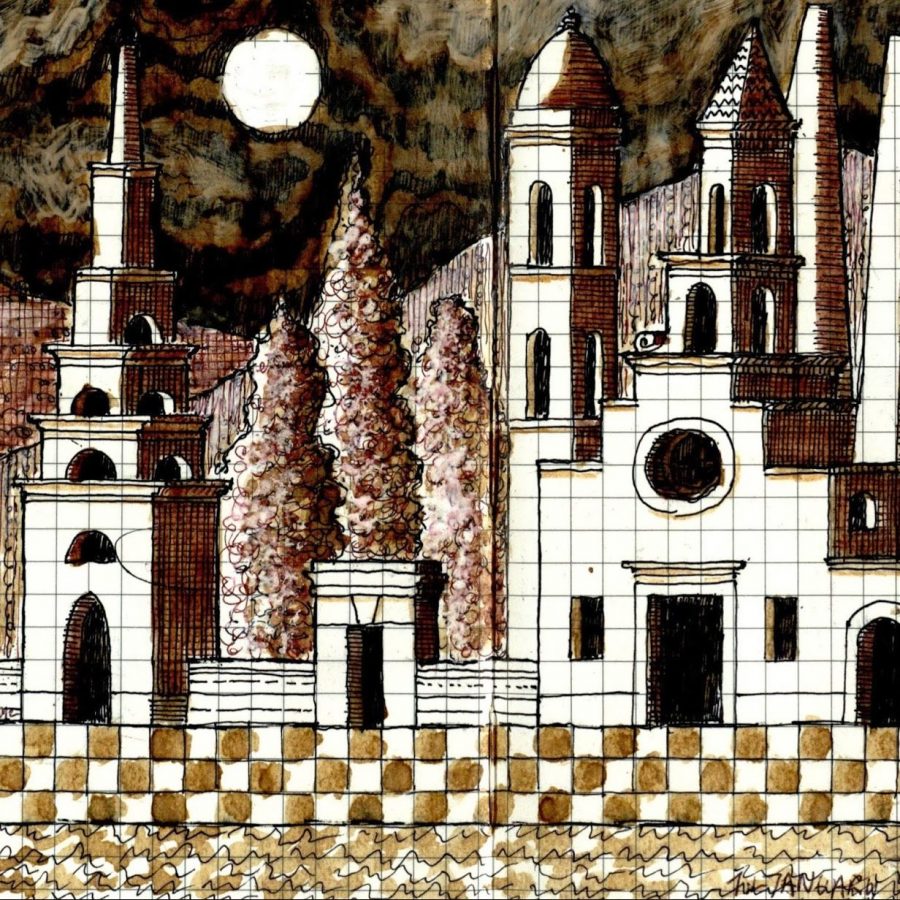
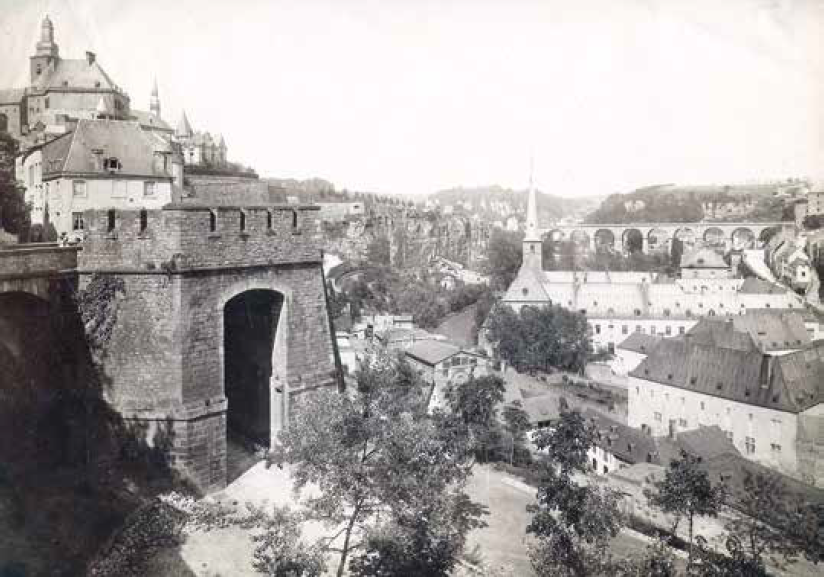
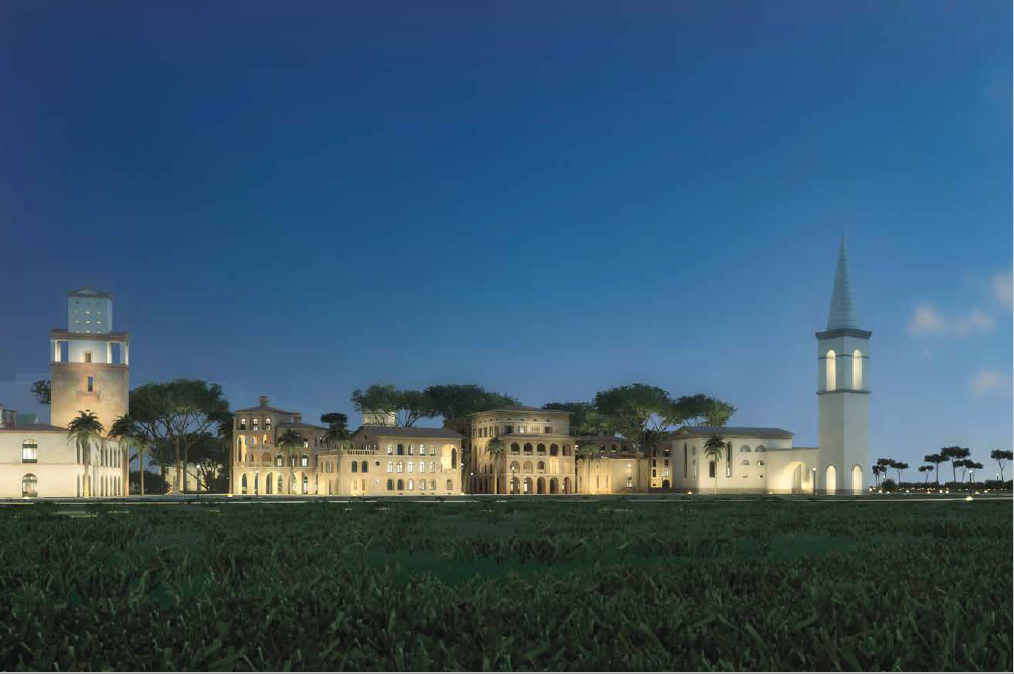
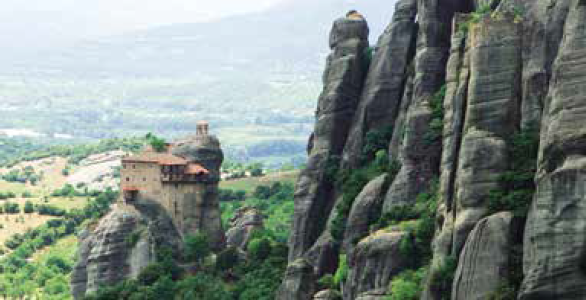
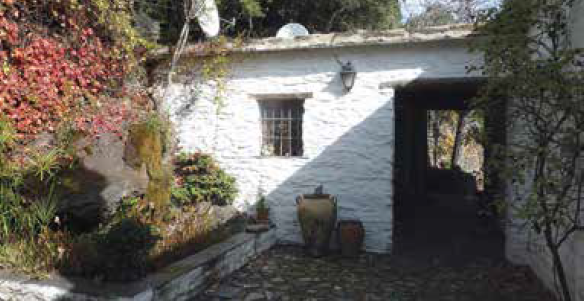


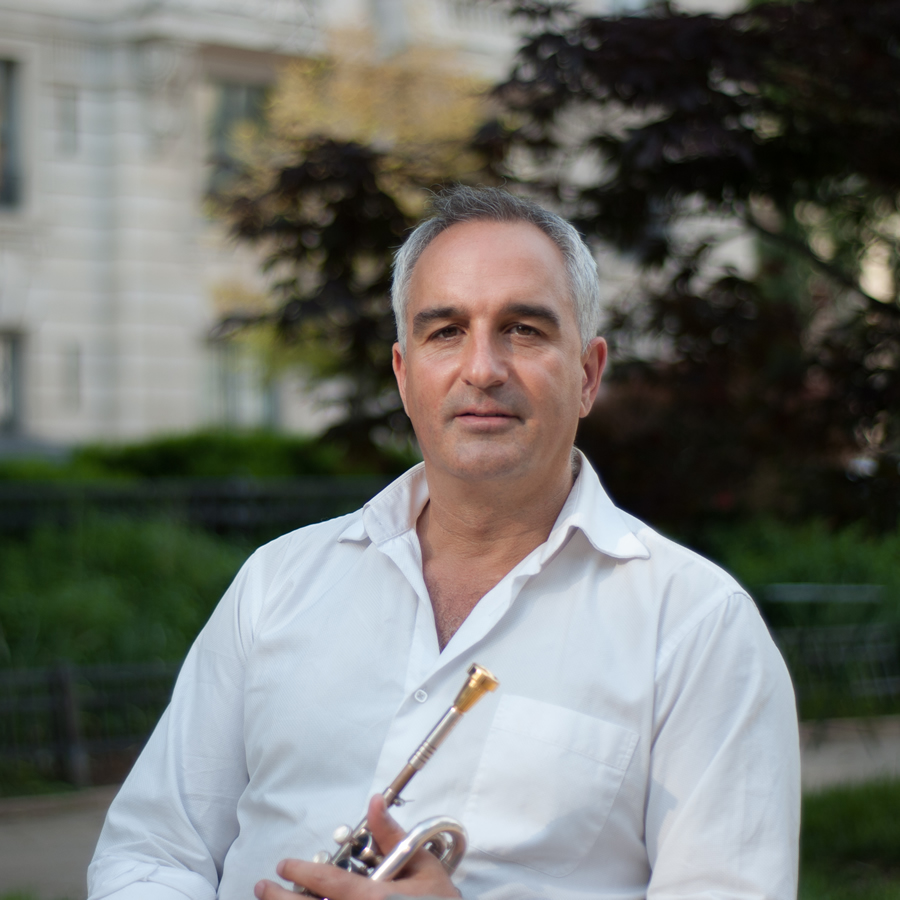

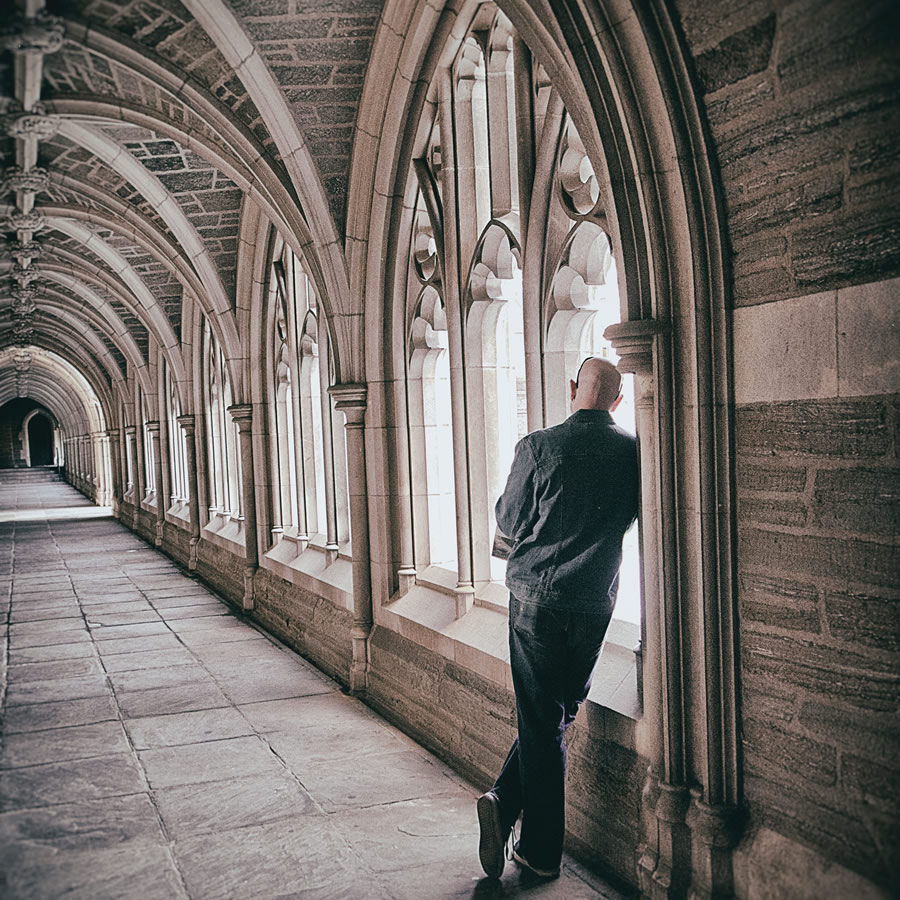
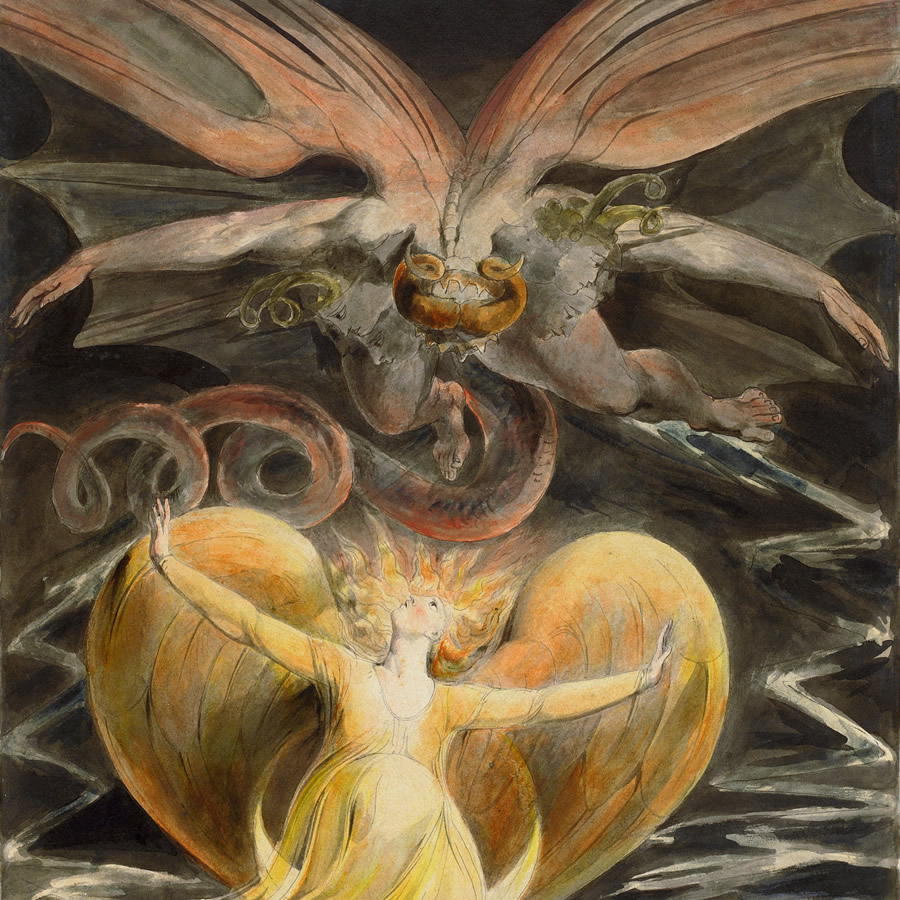


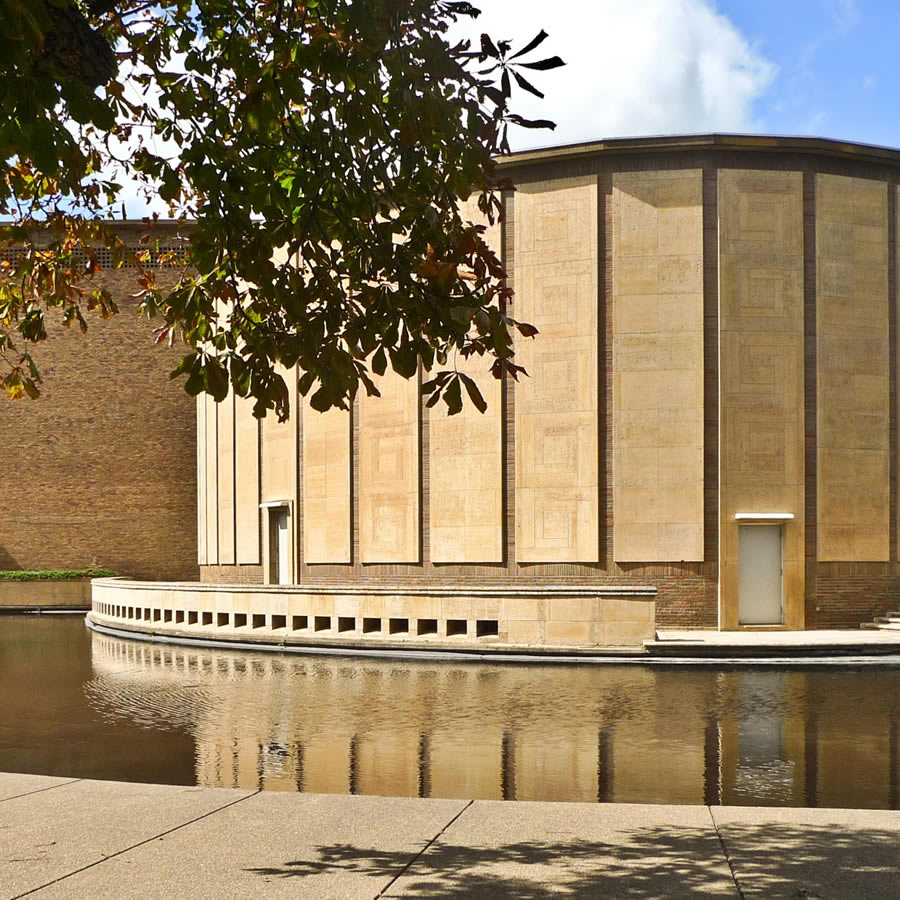
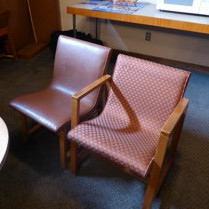 Image credit: Witold Rybczynski.” width=”209″ height=”209″> Two of the surviving chairs that Saarinen and Eames designed for Kleinhans. The version with armrests could be placed next to the version without, an ingenious space-saving device. Image credit: Witold Rybczynski.
Image credit: Witold Rybczynski.” width=”209″ height=”209″> Two of the surviving chairs that Saarinen and Eames designed for Kleinhans. The version with armrests could be placed next to the version without, an ingenious space-saving device. Image credit: Witold Rybczynski.